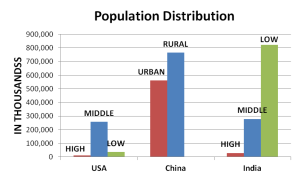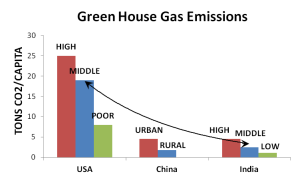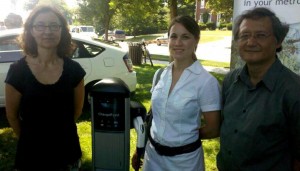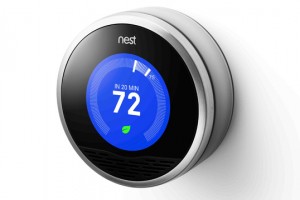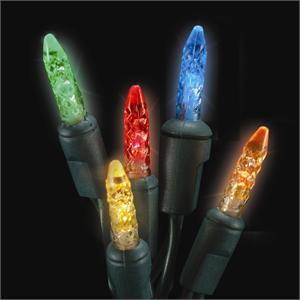On Earth Day, the Rocky Mountain Insitute reminded us of an effective tool for solar development: the solar co-operative. Like any co-operative, solar co-ops pool the resources of many in order to increase purchasing power, increase access to benefits, and create other efficiencies. Businesses and/or individual consumers band together to collectively purchase solar photovoltaic (PV) panels and share knowledge about best practices. Here are a few kinds of solar co-operatives that are relevant to Cambridge residents.
Community Solar
One type of co-operative concept called community solar can help bring solar to those who typically wouldn’t have access to it, such as renters or any households without enough rooftop sun exposure. Community solar allows customers to buy into an off-site system and receive credits on their utility bills. Customers can purchase as much or as little solar energy as they want, and they don’t have to worry about installation or maintenance. The Clean Energy Collective was one of the first organizations to establish this model and they now operate multiple solar gardens throughout the US.
Residential Solar Co-op
The Mt. Pleasant Solar Cooperative offers another model for co-operative solar, as the Washington, D.C. area neighborhood group has organized over 300 households in order to purchase solar PV panels in bulk. This has reduced installation costs for households getting PV panels and has ultimately brought more solar power into the community than would have otherwise been the case. In addition to increasing the affordability of solar, the co-op network fostered a supportive atmosphere that diminished other barriers to solar energy. Says Mt. Pleasant solar system owner Louise Meyer: “I felt like I was part of a team, it made much more sense, you could compare notes and not feel so stranded. It was such a new area for many people, and the paperwork is such a hassle, being part of the cooperative made it so much easier.”
The Mt. Pleasant model has spurred the creation of other neighborhood solar co-ops in the region as well. Several of the neighborhood groups are further organized under the umbrella organization DC SUN, which advocates for solar energy and serves as a regional resource for anyone interested in solar.
Conclusion
The solar co-op model is a promising tool to increase solar energy development in a range of contexts. With its variety of housing types and large multifamily housing stock, we see co-operative solar as a viable solution for Cambridge. What do you think? Would one of these models work for you?
About this Blog Post
This blog post summarizes information from a Rocky Mountain Institute blog post. You can read the original article here: http://blog.rmi.org/blog_2014_04_22_the_rise_of_solar_coops



